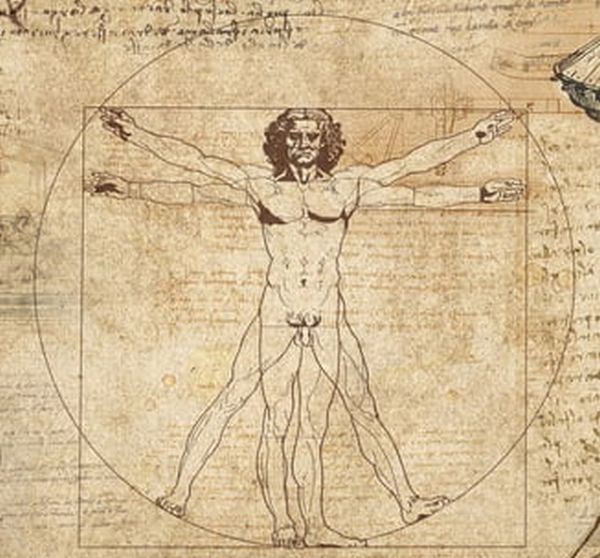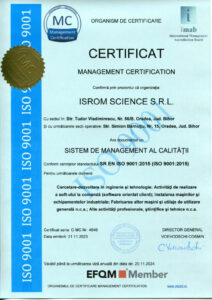About us
About us
ISROM Science is the fruit of passion for research and industrial innovation of the founding members as well as its entire team.
ISROM Science approaches every research project, from any field of activity, from a multidisciplinary perspective, relying on an innovative, universalist spirit.
ISROM Science is connected to European Funding Programs for Research and Development activities, being in partnership with major European Universities.
ISROM Science is an INNOVATIVE ENGINEERING COMPANY.
We create innovative mechatronic equipment.

Vitruvian Man
The Vitruvian Man is a famous drawing by Leonardo da Vinci around 1490. Considered a standard of the perfect man, the Vitruvian Man is a symbol, a correlation between the ideal symmetry of the human body and the symmetry of the whole.
The Vitruvian Man is drawn on paper, in ink, and shows a man in two overlapping positions, with arms and legs apart, integrated into a circle and a square. Like other drawings belonging to Leonardo da Vinci, Vitruvian Man starts from the idea that man represents a microcosm of the Universe. This work of Leonardo da Vinci is also found under the names Canons of Proportions or Human Proportions.
Leonardo da Vinci created the Vitruvian Man as an illustration of a passage describing the proportions of the human body, a passage written about 1,500 years earlier by the Roman architect Vitruvius in his treatise architectura. Thus, Da Vinci's drawing is even named in honor of the architect from Antiquity. The Vitruvian Man drawing shows Leonardo da Vinci's complex conceptions of proportion. In addition, the work represents the cornerstone of Da Vinci's attempt to associate man with nature.
"The people of Antiquity said that man is a world in miniature; and certainly this name is well suited, because just as the world is composed of earth, water, air and fire, the human body gathers these elements on earth" - said Da Vinci.
Moreover, in the Renaissance, the idea began to circulate that certain parts of the human body corresponded to or were influenced by various parts or stars in the sky. Thus, in that period, medicine and astrology were closely related. The circle was associated with the cosmic elements, and the square with the earthly ones. Later, this idea was taken over by Jews, Muslims and even Christians.
Leonardo da Vinci's Vitruvian Man contains, in addition to the drawing itself, his own observations of the human body and its proportions.

